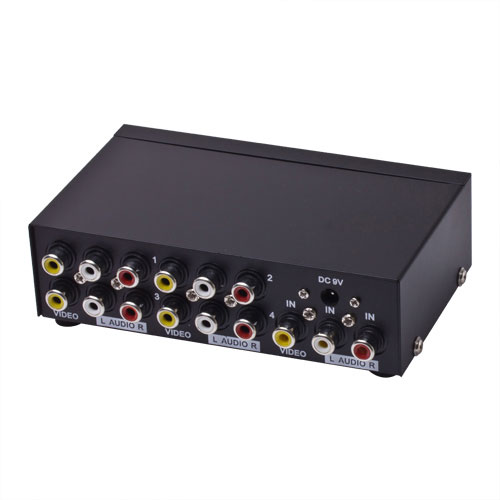

XLR Y-adapter cables are ideal for splitting line-level signals. In a parallel splitter, the outputs are connected in parallel with no isolation between outputs. It is composed of simple parallel wiring of a 3-pin female input XLR to two male XLR outputs. Y-adapter splitters are designed to take one signal and split it into only two separate signals. This is because they are much simpler to make compared to other types of splitters. The XLR Y-splitter is the traditional form of XLR splitter and the most popular type of XLR splitter available on the market. This is commonly known as a Y-adapter or Y-cable splitter. XLR Parallel Splitter (Y-Adapter Splitter) And there are two main types of passive splitters. Passive microphone splitters are splitters that can split a sound signal into two or three components or destinations without requiring any external power. Types of XLR Splitters Passive XLR Splitters This allows the monitor mix to be different from the house mix so that the musicians can hear a mix with certain instruments emphasized. Commonly, they are usually used at larger venues to provide audio feeds to both a monitor desk or a front-of-house mixing desk. There are many different ways people use XLR splitters. When you connect the single XLR end of an XLR splitter to an audio source, it will essentially route that same signal through the double XLR end of the XLR splitter. Meaning, two XLR receive the same signal from one XLR port. Two XLR ports are connected in parallel to one XLR port. In its simplest form, here is how a basic XLR splitter cable is wired. This means multiple XLR connectors share the same audio signal from one source.Ĭheck out the wiring diagram of a basic XLR splitter. In its simplest form, two or more XLR connectors are connected in parallel to a single XLR connector. XLR splitters work by splitting and sending one audio signal into two or more destinations. They are used by professionals to distribute an input signal into various output signals.
#Active audio splitter pro
XLR splitters are used in many pro audio applications for recording sessions, live applications, broadcasting, and audio monitoring. And this article will help you choose the right type of XLR splitter for your needs. There are many different types, and each has its own limitations. They are designed to take an audio signal from a single source and then route the same signal through two or more XLR connectors so that the audio signal can be transmitted to multiple locations.Īlthough XLR splitters work, there are certain things you need to know if you want to use them without any issues.

But how effective are they? Do XLR splitters work? Whatever your reason, XLR splitters can come in quite handy when you want to duplicate a signal and send it to multiple devices. Or maybe you want to split a microphone signal and then send one of the signals to the Front of House mixing engineer while recording the same signal. Perhaps you want to send an audio signal from one source to multiple destinations.


 0 kommentar(er)
0 kommentar(er)
